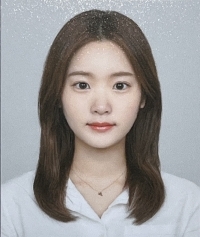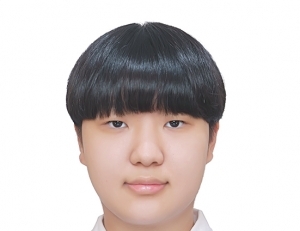Did you know that commercial districts like Hongdae and Garosu-gil were once relatively underdeveloped areas? Not only in Korea but also in other countries, certain underdeveloped areas are places that attract the attention of the middle class for commercial purposes. As a result, these areas can gain vitality and establish themselves as popular tourist destinations. However, this often leads to the displacement of the original culture and small businesses. This phenomenon is called gentrification. Let’s examine the process in which inflow and outflow occur simultaneously through Korea’s examples.
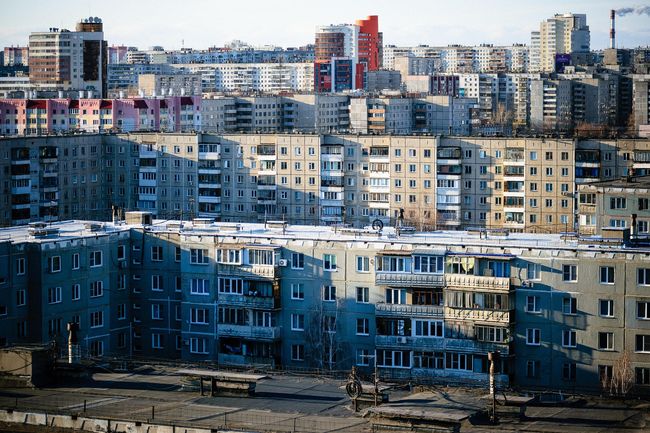
Gentrification refers to the process of building luxury residences and large facilities in areas that were originally run-down or inhabited by low-income residents. Unlike developing a new town, which is driven by the government, gentrification occurs through word of mouth and attracts large-scale investors. It has many positive effects such as improving local infrastructure and increasing property values. On the other hand, the upscale commercial development it brings causes sharp increases in rental and housing costs. Therefore, the original residents cannot adapt to this environment and are forced to move to other areas, causing the loss of the area’s culture.
In 2010, the owner of the only cafe in Woljeong-ri started uploading pictures of the town’s beach to his social network. The emerald sea in the photos gained popularity through word of mouth, and the town began to develop. Countless cafes and buildings covered the once-relaxing beach, and real estate prices rose nearly 75 times between 2011 and 2021. The area was revitalized because of lower real estate prices and a nature-friendly environment, attracting lots of outsiders to live in Jeju. However, this led to a disconnect from traditional culture, such as the Haenyeo community and village festivals. Now, Jeju has lost its original residents’ life, and the only thing it has is the ‘image of Jeju’, which is used in emotional marketing.
Additionally, gentrification does not apply exclusively to geographic areas. The growth of streaming platforms like Netflix has expanded options for both creators and audiences. In this situation, many movie theaters in the U.S. are gradually closing, and Korea’s major cinemas like CGV are also facing financial losses. As more people choose streaming services that are freer from the constraints of time and place than theaters, the film industry is undergoing new changes. This has contributed to the decline of traditional cinemas, leading to a form of gentrification.
Solving the issues of gentrification requires strong government involvement and a system that promotes coexistence. The government must protect small business owners from the pressures of rising capital by setting limits on rent increases or providing rent subsidies. Another approach is to develop cooperative marketing strategies with residents or create tourism models that attract visitors while preserving the area’s unique identity. The solutions that preserve local communities during these changes often come with practical challenges. How can we resolve the gentrification that so frequently occurs in our daily lives?
82nd Cub Reporter • LEE JEONG MIN • agaoo1@naver.com
- TAG
-
 Freedom Given to Youth: An Opportunity for Choice or a Burden of Constraint?
“Are we truly free today?” Classical literature is far more than time-honored stories. It offers profound insights into human nature and society that transcend time, remaining a valuable resource for examining the challenges our world faces today. This article will draw on George Orwell’s 1984 and Charles Dickens’ Oliver Twist to explore the contemporary issues of youth housing and the emergence of a surveillance society ...
Freedom Given to Youth: An Opportunity for Choice or a Burden of Constraint?
“Are we truly free today?” Classical literature is far more than time-honored stories. It offers profound insights into human nature and society that transcend time, remaining a valuable resource for examining the challenges our world faces today. This article will draw on George Orwell’s 1984 and Charles Dickens’ Oliver Twist to explore the contemporary issues of youth housing and the emergence of a surveillance society ...

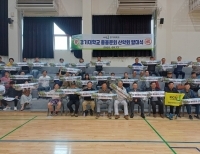 [단신] 산악회, 본교 동문의 버팀목이 될 수 있도록
[단신] 산악회, 본교 동문의 버팀목이 될 수 있도록
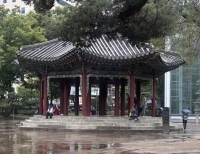 [사회메인] 노인 인구 1,000만 시대, 준비 없는 사회가 불안해
[사회메인] 노인 인구 1,000만 시대, 준비 없는 사회가 불안해
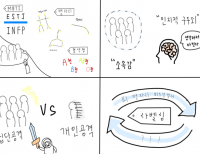 [네컷만화] 라벨링 문화
[네컷만화] 라벨링 문화
 [진리터] 결국 우리 모두 돌아볼 것이니
[진리터] 결국 우리 모두 돌아볼 것이니

 목록
목록





